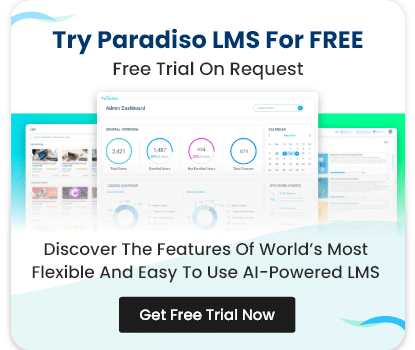In today’s corporate environment, employee development and efficient HR management are essential to an organization’s success. With technology advancing rapidly, companies increasingly rely on Learning Management Systems (LMS) and Human Resource Information Systems (HRIS) to streamline their operations. But what happens when these two powerful systems work together?
Embracing an integrated approach can truly transform your business. In fact, adopting a robust HRIS LMS integration ensures that employee training and HR functions operate as a seamless unit. Moreover, leveraging modern tools through smart LMS HR integration enables organizations to maximize efficiency and accuracy.


















